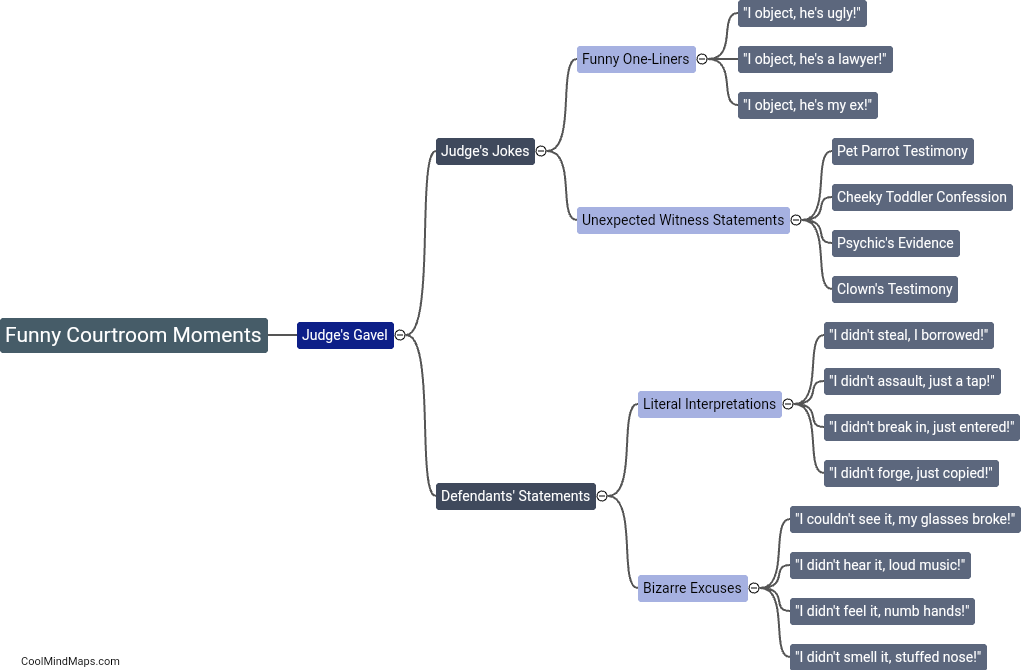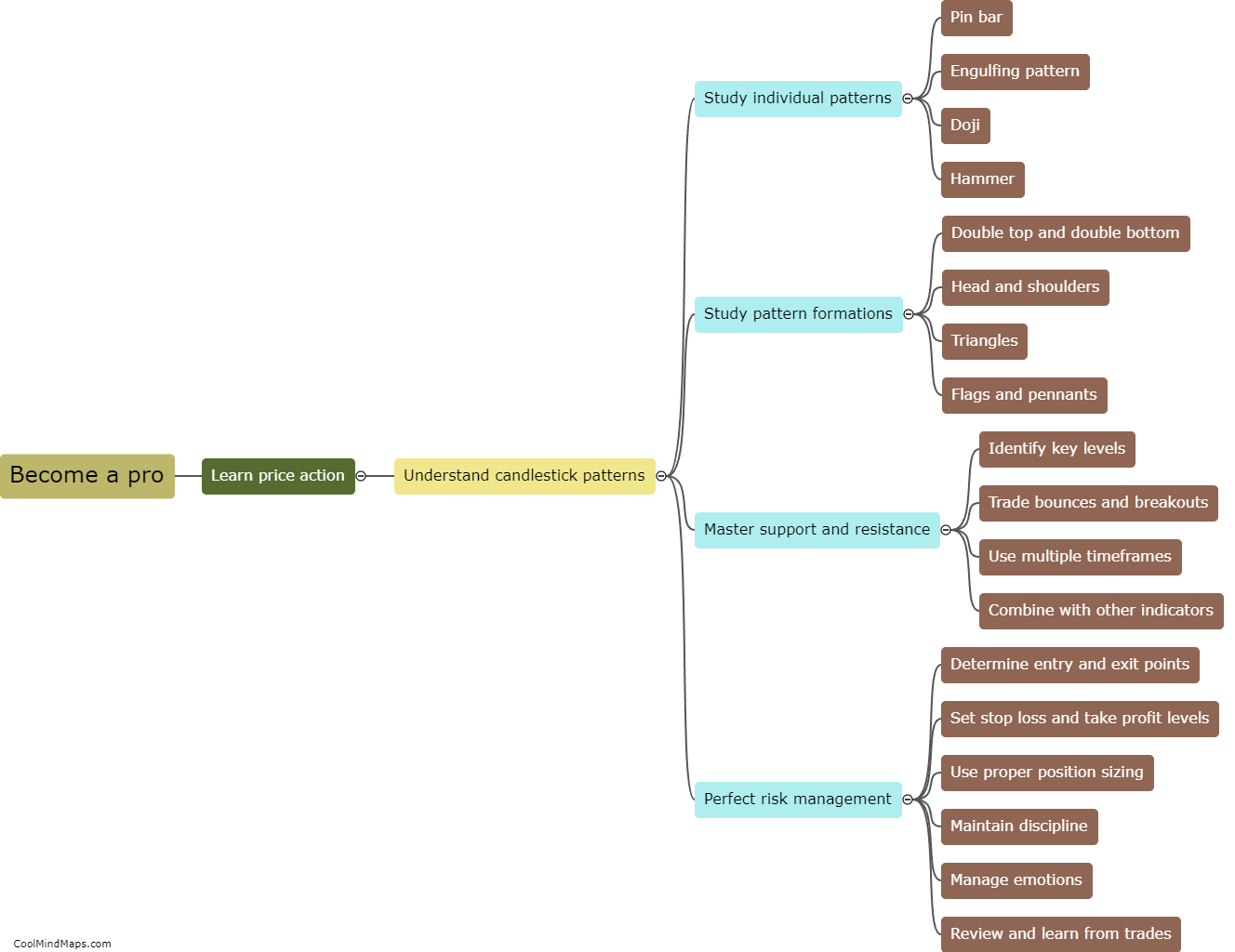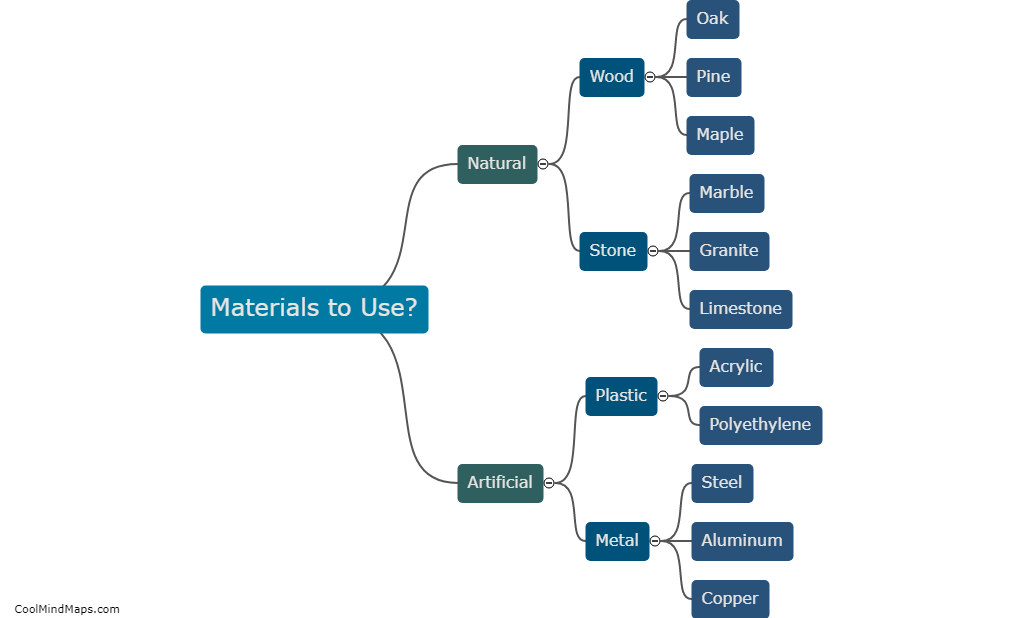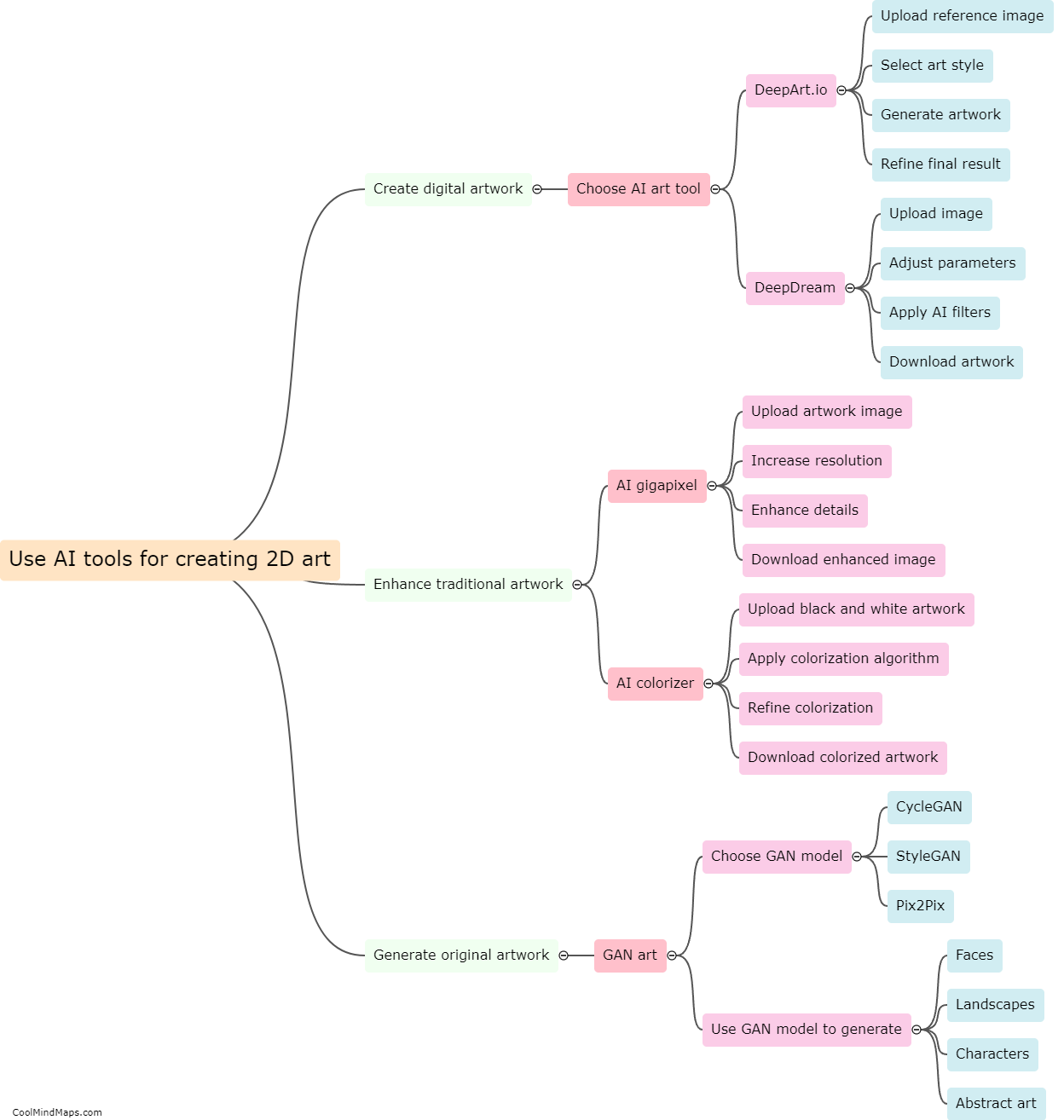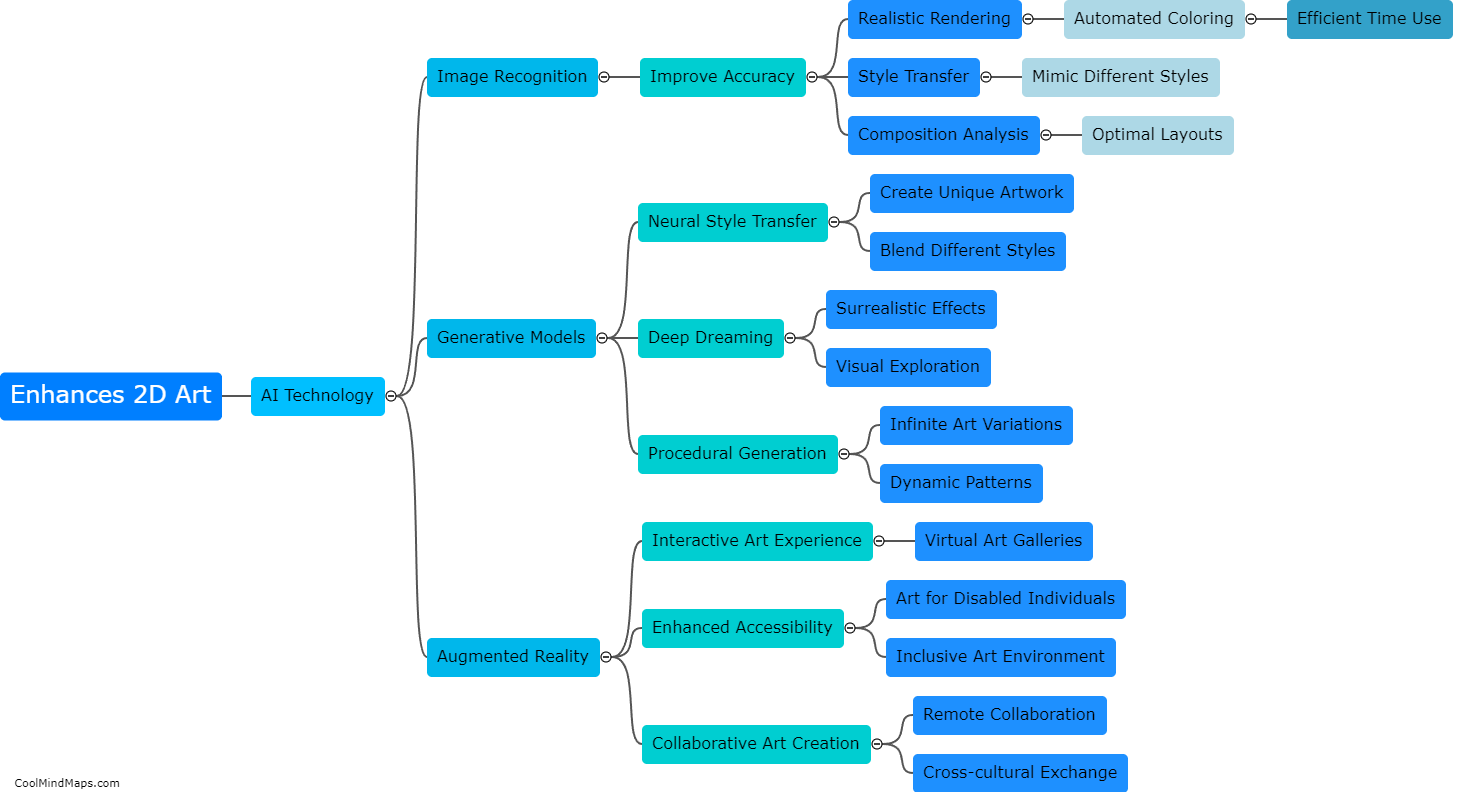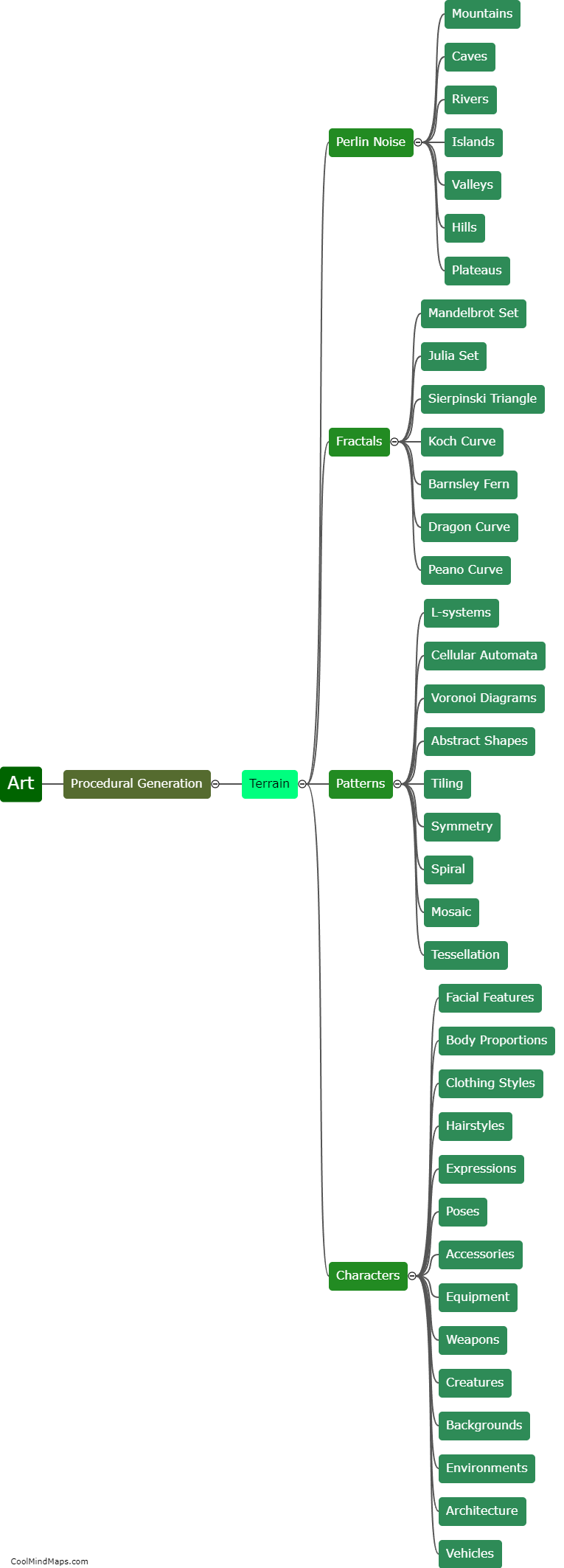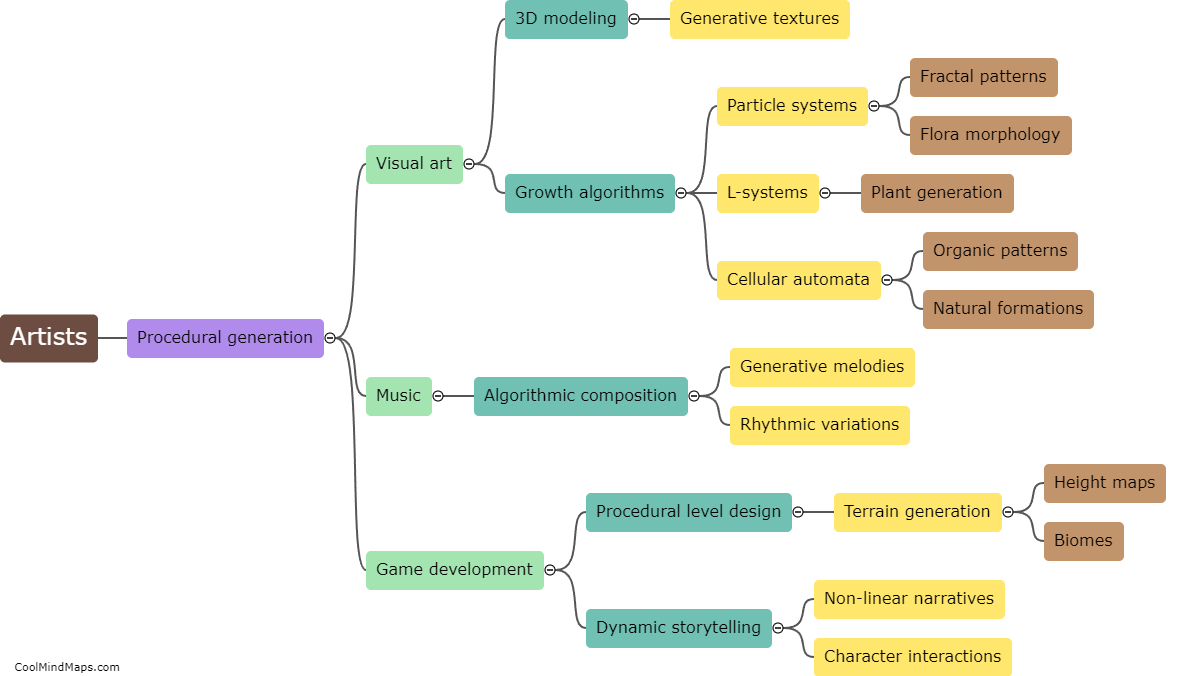What are the benefits of using procedural generation in art?
Procedural generation in art refers to the technique of using algorithms and rules to generate artistic content rather than manually creating it. One of the major benefits of using procedural generation in art is the ability to produce an almost infinite variety of designs and visuals. Artists can create complex and intricate patterns, textures, and shapes that would be near impossible or time-consuming to create manually. This not only saves artists time and effort but also opens up new creative possibilities and encourages experimentation. Additionally, procedural generation allows for the creation of dynamic and interactive art pieces that can respond to user input or change over time, enhancing the viewer's experience and engagement. It also enables the production of high-quality, consistent artwork that can be easily scaled or reproduced for different purposes and platforms. Overall, procedural generation in art offers artists increased creative freedom, efficiency, adaptability, and the potential for truly unique and immersive art experiences.
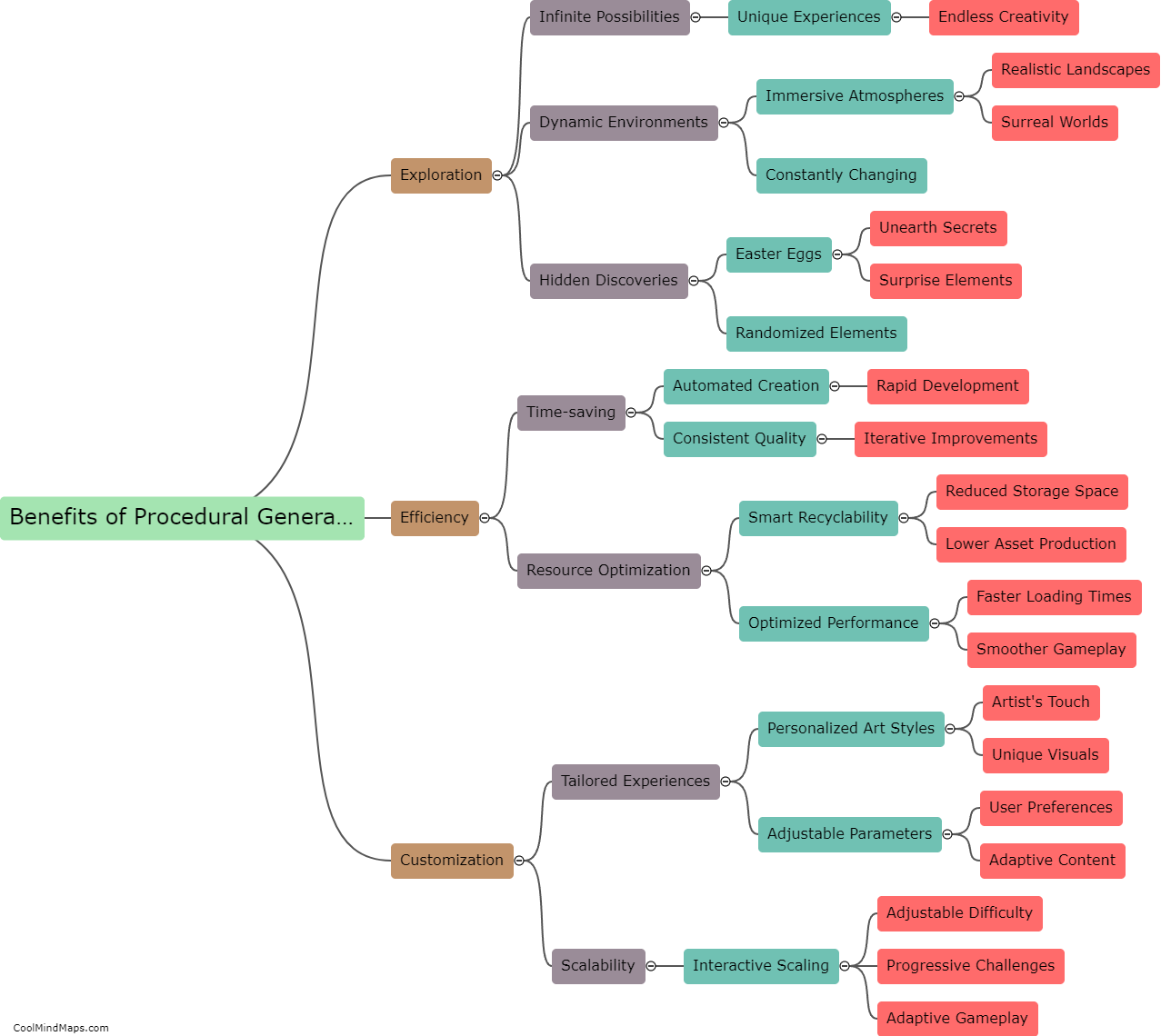
This mind map was published on 31 August 2023 and has been viewed 140 times.

